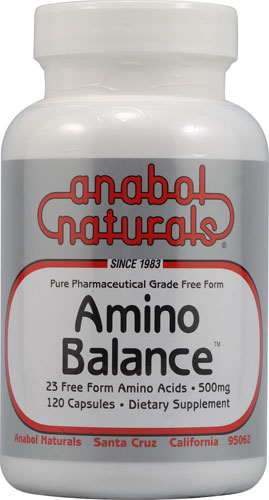The signs can be subtle: Perhaps you feel a little less steady when taking the stairs, or a bit wobbly when you get out of bed.
As we age, our sense of balance begins to deteriorate. About 15% of Americans report having a balance or dizziness issue, according to the National Institutes of Health.
And the problem can begin well before our golden years, says Kathleen Walworth, a physical therapist who works for Athletico Physical Therapy in Brooklyn, Michigan, and is board certified as a Geriatric Clinical Specialist.
“These changes actually start to occur in the body when we are only 25 years old,” she says.
Beginning at age 65, balance issues become more prevalent as we lose strength and flexibility, vision declines, reaction time slows, and changes occur in the function of the inner ear.
As balance deteriorates, our world may begin to shrink. “People start to give up activities they love, like golf, tennis, walking the dog or cooking large meals,” Walworth says.
In addition, balance issues can present a life-threatening risk. Falls are the No. 1 cause of injury-related deaths among people 65 and older – and the rate of such fatal accidents is increasing, according to the Centers for Disease Control and Prevention.
Signs of impaired balance
There are numerous possible signs that your sense of balance may be deteriorating, says Ben Fung, a San Diego-based physical therapist and spokesperson for the American Physical Therapy Association.
A general feeling of unsteadiness, or needing to put your hand out for stability -- such as on a counter or against a chair -- are classic signs, he adds.
People struggling with balance issues also might feel dizzy, or they may have a subconscious tendency to "favor static activities throughout the day" in sitting or reclining postures, rather than engaging in a mobile lifestyle full of recreational activities, Fung says.
“Even in the most subtle ways, poor balance can severely alter your quality of life,” he says.
Walworth says other telltale signs of a declining sense of balance include:
- Walking with a wider base of support – with your legs further apart
- Shuffling
- Bending forward at the hips
- Feeling uncomfortable walking in the dark
- Limiting the number and length of community outings
- Increased frequency of falls or near falls
- Increasing fear of falls
Over time, simply getting out of bed to use the bathroom can become more challenging.
“If balance becomes bad enough, you may need to begin using a walker or a cane for mobility,” Walworth says.
How to improve balance
Fortunately, there are ways to improve your sense of balance at almost any age.
Regular exercise is crucial to boosting balance, and to keep it from declining.
“Leg strength plays a huge role in mobility and balance recovery,” Walworth says, adding that strong hips are particularly important.
Some activities that can lead to improved balance include:
- Walking
- Strength training
- Water aerobics
- Yoga
“Tai Chi in particular has been shown to have great benefits for both strengthening and balance for older adults,” Walworth says. Tai Chi can be done either while standing or in a modified form while sitting.
Fung also recommends activities such as Tai Chi, yoga and water therapy, and says research backs up their effectiveness in reducing the risk of falling, and injuries from falls.
“They offer a safe environment to improve the four primary systems of balance governing your body,” he says. Those four systems are:
- Vision
- The inner ear
- The muscular system
- Proprioception (the awareness of one's body position without the use of sight)
Before beginning such activities, Fung urges you to with your primary care provider or a physical therapist to see which activity would be safest for your unique circumstances.
Walworth also encourages people to participate in the National Council on Aging course “A Matter of Balance.” Many senior centers throughout the U.S. offer the eight-week course, which:
- Helps people reduce their fear of falling
- Suggests changes to their environment to reduce the risk of falls
- Sets activity and exercise goals to boost strength and balance
In some cases, deteriorating balance requires a visit to a medical professional.
“Falls are not a normal part of the aging process,” Walworth says.
There are many possible reasons why an older adult would begin falling. These include medical conditions – such as blood pressure problems, diabetes, neuropathy and dizziness – and reactions to medications.
If you or a loved one are experiencing falls, Walworth urges you to speak to a physician.




